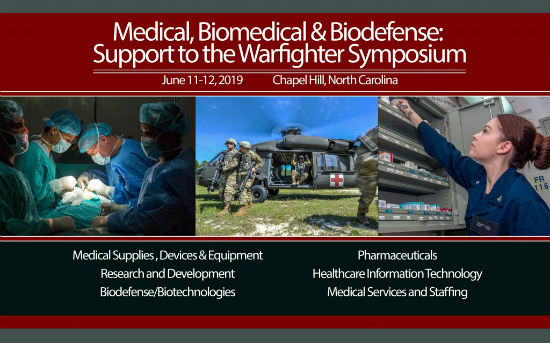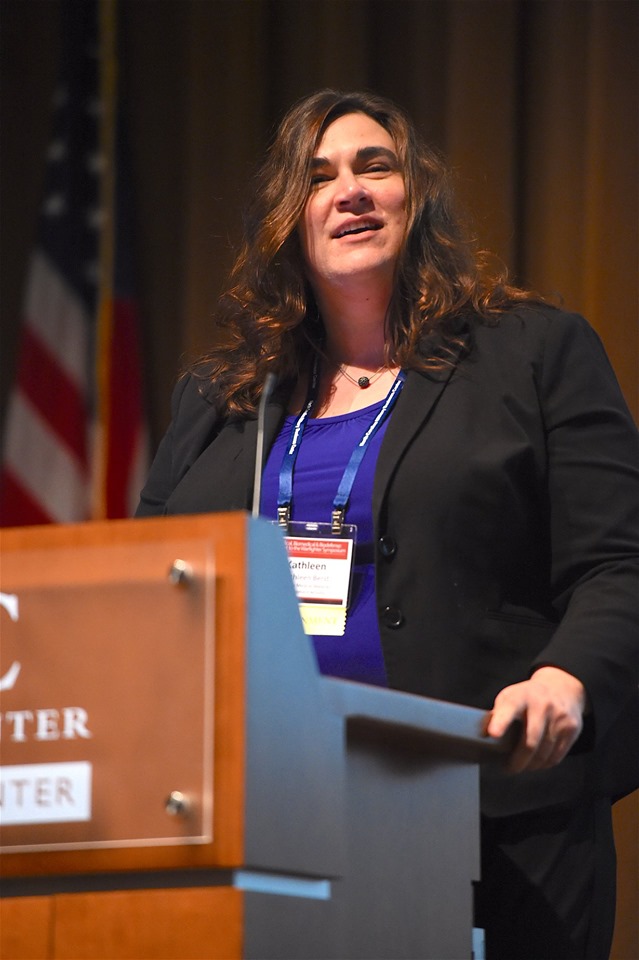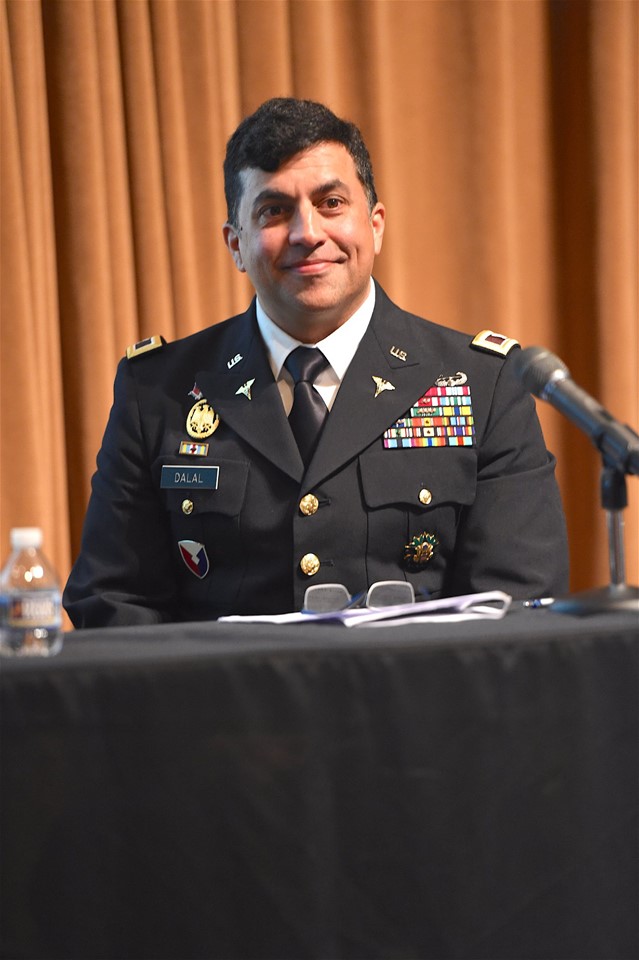
Pitching Tech To The Military: Insights From The Warfighter Symposium
 Navigating the maze of 20 different organizations that approve military technology projects for funding can be daunting. The 2019 Support to the Warfighter Symposium speakers offered some roadmaps for submitting successful project proposals.
Navigating the maze of 20 different organizations that approve military technology projects for funding can be daunting. The 2019 Support to the Warfighter Symposium speakers offered some roadmaps for submitting successful project proposals.
Travis Taylor, Ph.D., associate, Strategic Marketing Innovations, a DC-based company that helps companies and universities go after government funding–such as Small Business Innovative Research (SBIR) grants, agency-specific programs including Broad Agency Announcements (BAAs) and Other Transaction Authorities (OTAs)–provided a PowerPoint guide on how to win funding.
“Know your customer. Research the target agencies' interests and program areas. Map out relevant contacts at multiple agencies. Visit agency representatives,” Taylor advised. “Be prepared to listen and ask questions. Seek to identify a research need you can fill. Prepare a brief capabilities statement to leave behind. Ask about open and upcoming solicitation opportunities and any preferred partners you could contact to pursue the opportunities,” he continued, “Then, follow up.”

Photo courtesy of
NCMBC
Kathleen Berst, program manager, Defense Health Agency (DHA) and deputy commander of acquisition, U.S. Army Medical Materiel Development Activity (USAMMDA), joking about the jungle of antonyms representing military procurement organizations, offered an overview of how to work with the USAMMDA. The USAMMDA “develops, procures, and modernizes medical products for service members,” she said. There are 40 active acquisition programs between the USAMMDA and the DHA. You can get more information on the acquisition process, current portfolio, future gaps, and how to work with USAMMDA in the post-event materials.
Captain Joseph V. Cohn, U.S. Navy, chief of the DHA research program division, also provided perspective on what the military is looking for and how to obtain funding for innovative ideas.
Different Funding Mechanisms

Photo courtesy of
NCMBC
The Congressionally Directed Medical Research Programs (CDMRP) fund projects from “from benchtop to bedside," according to Colonel Stephen J. Dalal, director of the CDMRP. He emphasized that the vision of CDMRP is to “transform health care for service members, veterans, and members of the public.” Col. Dalal noted there are currently 33 projects on its website and that there are open funding opportunities. He also provided a thorough background explanation of what CDMRP is and how it works.
Russ Keller, senior vice president, medical and software services division, Advanced Technology International, described a somewhat different funding mechanism: Other Transaction Authorities. OTAs are a binding “contract-like” instrument used by the government to connect with one or more parties that operate outside the normal Federal Acquisition Regulations (FAR). “They allow the government to reach out directly to industry for technology they desperately need,” Keller said.
“They were originally designed to help NASA move at the speed of science. They facilitate mutually beneficial collaborations and attract small, innovative companies to participate in government-funded technology development.”
Keller noted that OTAs promote “Broad, two-way communications among participants, which cuts out a lot of the guesswork associated with the proposal process and dramatically speeds up the process" and that they require at least one nontraditional defense contractor involved at a significant level. He explains OTAs in detail in his presentation from the symposium.
Mike Stebbins, consortium manger, Medical Countering Weapons of Mass Destruction, Defense Consortium (MDCC) with Advanced Technology International, explained that MDCC has an OTA agreement for use by agencies that need to prototype new technologies for medical, pharmaceutical or diagnostic requirements.
Kathy Zolman, executive director, Medical Technology Enterprise Consortium (METC), explained METC's unique approach to funding. "What makes us different is we can mix private funding from venture capitalists and foundations with public funding,” Zolman said. The three-year-old METC has 275 members and awarded funds to 40 projects since its founding.
BARDA’s new DRIVe
“We seek innovation both in the science and in the way we do business,” announced Tyler Merkely, co-founder of the new Division of Research, Innovation, and Ventures (DRIVe) of the Biomedical Advanced Research and Development Authority (BARDA). "BARDA has a rich history in North Carolina.” The $1.5 billion organization launched DRIVe in June 2018 and already has 14 assets and eight accelerators, including the First Flight Venture Center in the Research Triangle.
“We made it really easy to apply. We have to partner at the speed of information,” Merkely added, "Most proposals get a response in 30 days."
Where to Find Post-Event Information and Presentations
You can find a detailed list of all presentations and programs mentioned in this article at the 2019 Support to the Warfighter Symposium on the North Carolina Military Business Center website.
